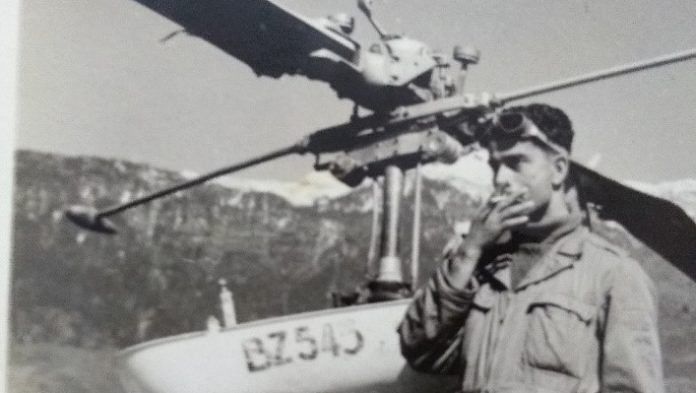In late November 1953, the tall and lanky Flight Lieutenant S.K. Majumdar, an instructor with the Flying Instructors School or FIS at Ambala, Haryana, was leading a six Harvard aircraft ferry to Tambaram, Tamil Nadu. On arrival, he was instructed to return by a Dakota aircraft and report immediately to Air Headquarters. Upon reaching Delhi, Air Commodore Arjan Singh informed him that he was to be despatched pronto from Paatalok to the United States. Little did Majumdar know that he was about to embark on a journey that would see him emerge as the doyen of helicopters in India. His co-passengers on this journey were another four similarly flummoxed air warriors.
This team of Majumdar – Flight Lieutenant Allison Neil Todd (pilot), Flying Officer K.K. Mitra (engineering officer) and technicians Flight Sergeant Rawat and Sergeant Sharma – had been selected to go to the US for conversion training on the S-55 Sikorsky helicopter. On their return, they were to form the initial nucleus of the 104 Helicopter Flight at Palam – the IAF’s first helicopter unit. While Todd was a couple of years senior to Majumdar and designated to take over as Commanding Officer, he had been Majumdar’s pupil at FIS. During this long flight to the US, one can only wonder about their collective bewilderment at the uncertain road ahead and their individual journeys to this point.
Sudhindra Kumar Majumdar was born on 7 October 1927 in Patna to Shailendra Kumar Majumdar (barrister-at-law) and Jyoti Devi. Seeking a life of adventure, he commenced his flying training in early 1946. After about a year of training flying on the Tiger Moth, Harvard and Spitfire aircraft, he was commissioned into the Royal Indian Air Force (RIAF) on 17 May 1948. His acumen in the cockpit was realised within a year of his posting to No. 3 Squadron, then flying the Tempest aircraft at Poona. Consequently, in August 1949, young Sudhindra found himself joining the ranks of the 4th course at FIS. By December, the 22-year-old was one of the youngest Qualified Flying Instructors (QFIs) in the RIAF.
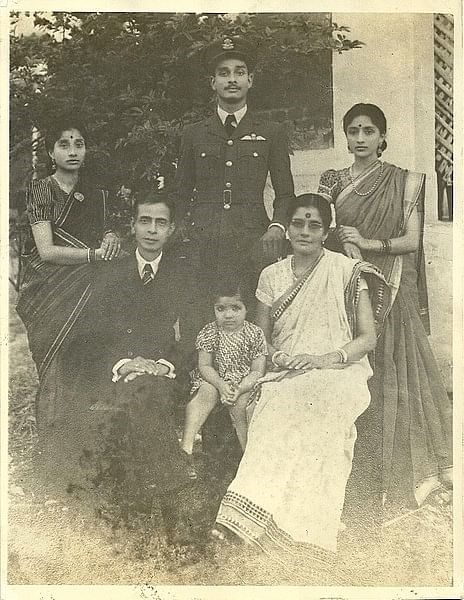
With the ‘Best all-rounder’ trophy from FIS in his bag, Majumdar, fondly referred to as Maj or Maju, soon reported to No. 2 Air Force Academy at Jodhpur. Here, too, his hunger for excellence saw him clock more than 800 instructional flying hours in quick time. He now set his eyes on the QFI categorisation system which graded QFIs as Category B, A2 and A1, with the last being a rare occurrence. Clearing his A2 QFI exam in March 1952 meant that Majumdar was now an “ustadon ka ustad”, whereby he had to return to FIS to train budding QFIs. Still not satisfied, in September 1953, at the age of 26, he further upgraded his instructional category to A1, one of the only three at that time. This feat is better appreciated in light of the fact that to date, the Indian Air Force (IAF) has had only 38 A1 QFIs.
So, the man on his way to the US in mid-December 1953 had well and truly earned his seat on the flight to New York. Reaching the Sikorsky facility at Stratford by train, the team was put up at the very modest Stanford Hotel. The meagre allowances meant that they had to cook their own food and do their own laundry, while also undergoing training on a machine that no IAF pilot had ever seen till then.
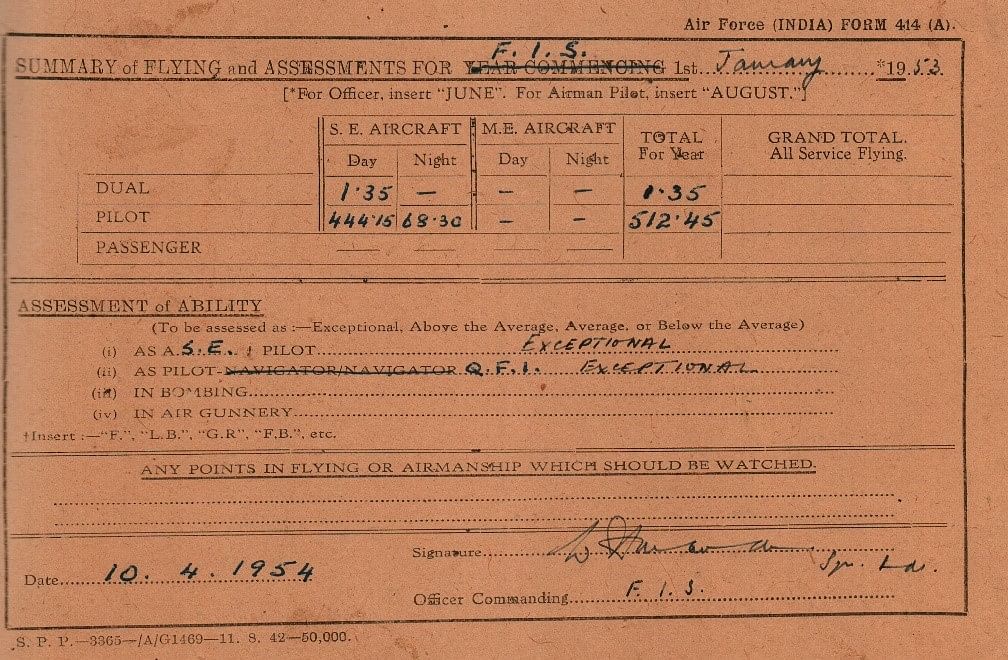
As helicopter pilots love to say, flying a chopper entails first unlearning what one has learnt as a fixed wing pilot. Accordingly, the team was run through its paces in helicopter aerodynamics and its peculiarities in quick time. Having “unlearnt” their past knowledge, the pilots were finally taken to air in helicopters. After a few introductory flights in the relatively more basic helicopters like the Hiller H-23 and the Bell 47G2, Majumdar finally sat in the cockpit of the Sikorsky S-55 that was to be his main ride in the years to come. After flying 75 hours on the type, Majumdar was declared operational, returning to Palam in February 1954.
Also read: The story of Jaswant Singh, the only Indian to have ever commanded a foreign Air Force
Beyond flying
As before, flying remained the least of Majumdar’s problems. Many would later describe his transition to helicopters being akin to a duck taking to water. However, the 27-year-old was now exposed to a situation that he was totally unfamiliar with – raising a new Unit, with aircraft that the IAF had never operated.
The first of the IAF’s S-55s (tail number IZ-648) was ferried in to Palam from Bombay on 24 March 1954. IZ-649 and IZ-650 followed soon after, in September and December 1954, respectively. The arrival of the first aircraft saw the fledgling Unit hit the ground running. For instance, on 28 March 1954, Todd and Majumdar flew Prime Minister Jawaharlal Nehru to Tilpat for a fire power demonstration by the IAF. Later in the year, an attempt to land at Teen Murti House irked PM Nehru when the helicopter’s rotor downwash destroyed his flower beds!
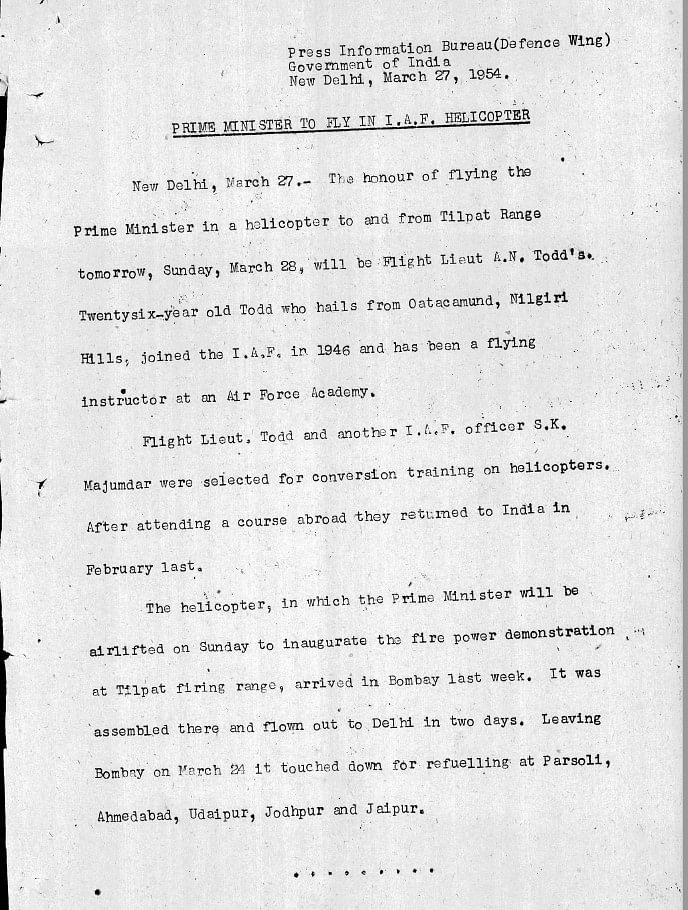
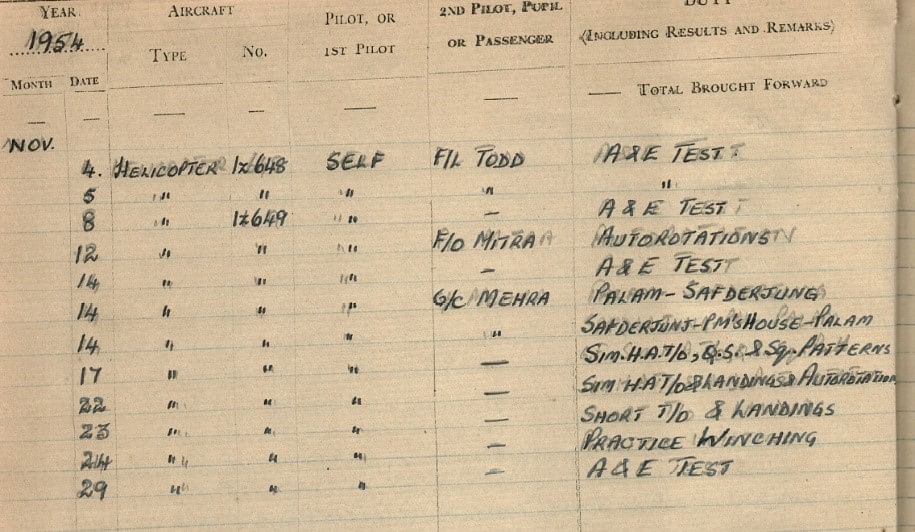
In between, praise for the young men and their flying machines kept pouring in, especially during the Jamuna river flood relief operations by the Unit in September. A vernacular daily of the time used the phrase ‘Aapatsu Mitram‘ or ‘friend in times of distress’ to describe the new wonder machine. This sobriquet was to remain the motto of all helicopter units till recent times.
But there was no time to gloat on adulations. As the Flight Commander, Majumdar had to focus on three major tasks – writing the operational manual, selecting and training pilots, and experimenting ways to employ helicopters. The ubiquity and versatility of the helicopter meant that the canvas in front of Majumdar was very large. In quick time, he was to evolve procedures for VIP communication, search and rescue, winching up seamen from heavy seas, landing on ships and buildings as well as aid to civil power. The most crucial of these were high-altitude piloting techniques – something that the pilots would not have been exposed to in the plains of Stratford.
Majumdar also penned down the Manual of Helicopter Operations, which was published under the signature of the Deputy Chief of Air Staff and has remained the bible of helicopter operations – of course having undergone many iterations since then. While raising the Unit, Majumdar was also exposing the service and the country to the unique capabilities of the helicopter. A quick browse through Majumdar’s flying log book shows his numerous contributions to nation-building in many ways. The IAF was quick to exploit the capabilities of this intrepid air warrior and his unique flying machine.
Also read: Kargil’s little-known fact: How IAF used helicopters to target intruders at high altitudes
Charting the path to many firsts
On 14 August 1954, Majumdar executed what was probably India’s first casualty evacuation by a helicopter when he recovered Flight Lieutenant MS ‘Minhi’ Bawa (later of Longewala fame) following a belly landing necessitated by some technical issues in his Vampire aircraft. In April 1955, Majumdar undertook radiation survey flights to locate uranium and in July 1955 went on to experiment with floats and landings on water. Soon, Majumdar was exposed to what has now become every helicopter pilot’s karma Bhoomi – the Himalayas. There is no gainsaying that the path to this bhoomi was laid by Majumdar, when he evacuated soldiers of the J&K Militia from the Mana Pass, which is located north of Badrinath at an elevation of about 18,192 feet. This path-breaking operation followed a skirmish with the Chinese People’s Liberation Army (PLA) in 1957.

The introduction of the helicopter also permitted the Indian government to offer its services to neighbouring countries. In December 1957, Majumdar found himself in Ceylon, flying sorties round the clock following devastating floods in the country. He then led a small team flying the S-55 and Bell 47G2 helicopters to render aid to Tibetan refugees in 1958. It is very difficult to appreciate the level of difficulty of such operations in a time when they are regular occurrences. The relative inexperience, the basic nature of the helicopters and the forbidding topography would have made for a very lethal cocktail. It is to Majumdar’s credit that the IAF could execute all these tasks with aplomb.
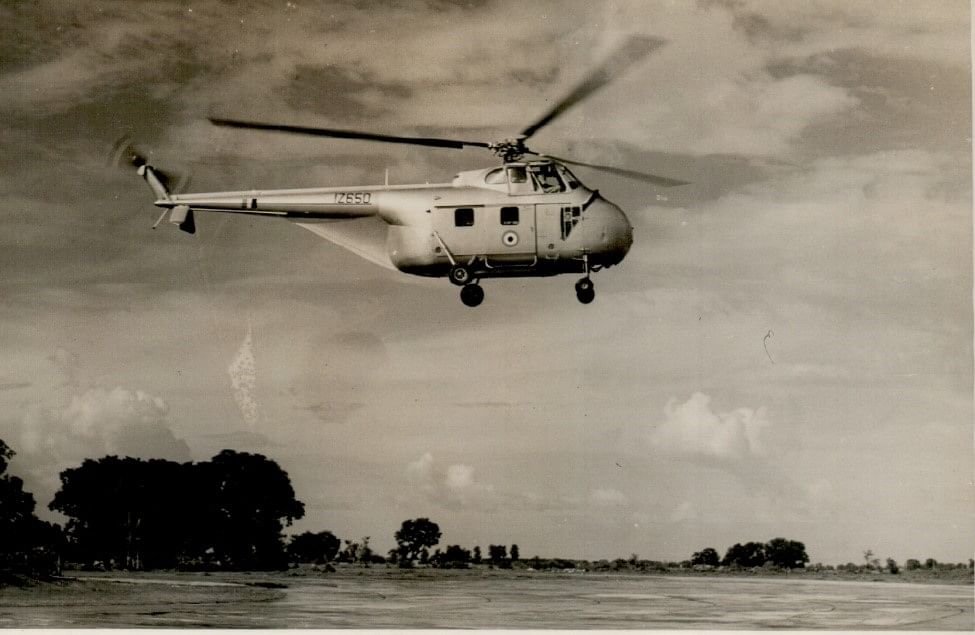
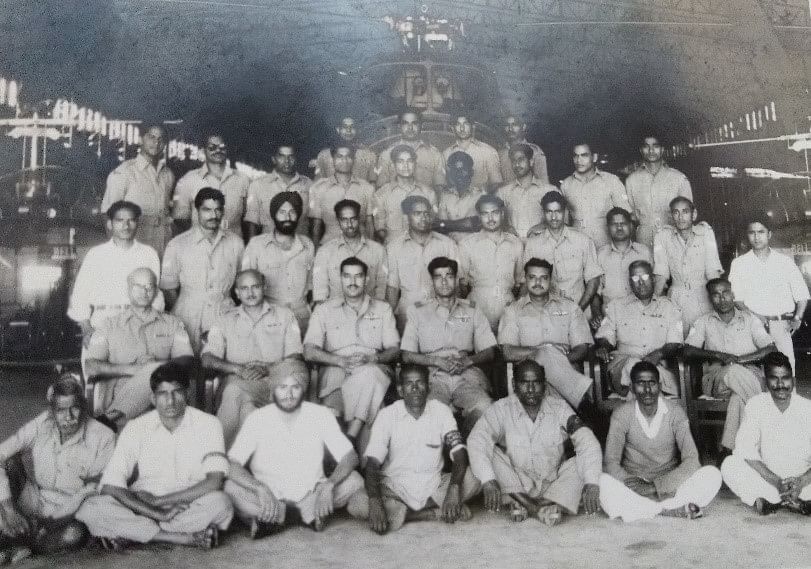
His astute leadership in the air and on ground was rewarded when he assumed command of 104 Helicopter Flight in March 1958. It was still the only helicopter unit of the IAF and was by now shouldering an ever-increasing load spread across the length and breadth of the country. Majumdar now led the Unit to assist the Army in executing the ‘forward policy’. He flew repeated reconnaissance sorties, as well as casualty evacuation and deployed a detachment of four helicopters to Daporijo in Arunachal Pradesh.
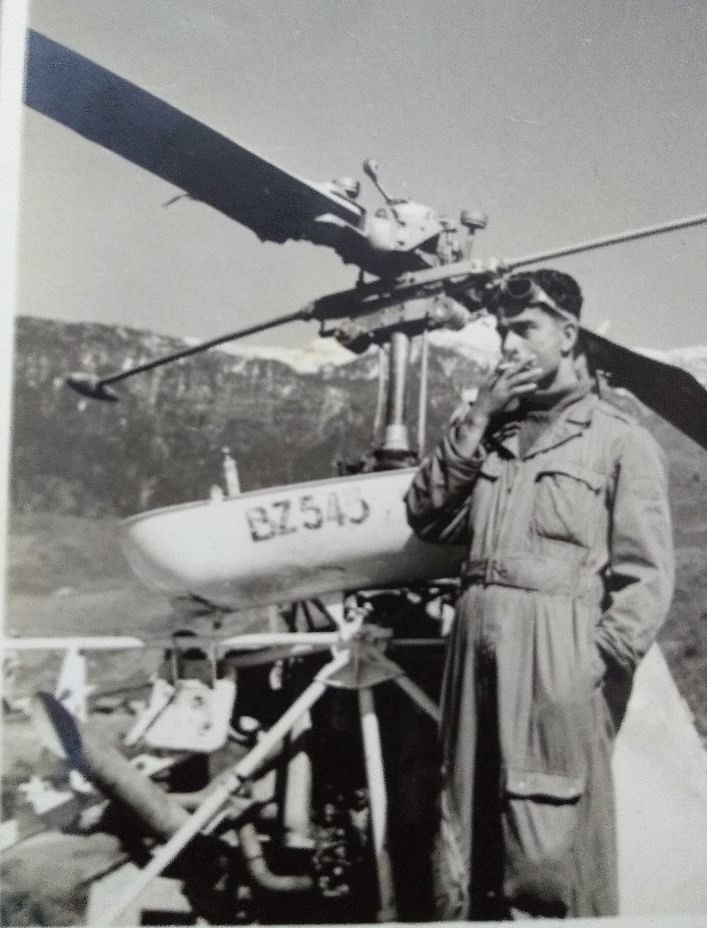
The learning curve was refusing to flatten, as Majumdar and his boys figured out techniques to execute hill slope landings, while flying in the turbulent weather associated with hills. Majumdar’s feats are believed to have aroused the interest of Home Minister Govind Ballabh Pant and the Intelligence Bureau director, Bhola Nath Mullik; who are said to have called for evaluations of the more capable S-62, Bell 47G-2/3, Alouette-III and Mi-4 helicopters.
Majumdar handed over command of 104 Helicopter Unit in October 1959 to one of the handfuls he had himself trained for the job, a testament to his devotion and humility, stayed on with the unit as a squadron pilot and did evaluation trials for the S-62 helicopter on behalf of the IAF. While being an ‘operational man’, the A1 QFI in him remained committed to flying training. In 1962, by when the number of helicopter units had started burgeoning, he was tasked to raise and command the Helicopter Training Unit.
When 104 HU lost Sqn Ldr Vinod Sahgal, its CO during the 1962 war, the IAF once again turned to Majumdar to briefly command 104 HU again. In his entire career, he flew over 4,000 accident-free hours on 24 types of fighters, transports, trainers and helicopters, in challenging conditions. This was largely due to his no nonsense attitude and astute professionalism. Wing Commander H.R. Seetharam, a contemporary, recollects an incident, “On one of his flights he was flying the Defence Minister V.K. Krishna Menon and his entourage. On the return flight Menon wanted to give a lift to two more persons but Majumdar refused. Menon was very angry and walked to Majumdar, took out his pen and shouted at him, “Is it OK if I fill this pen with ink?”, as if that small additional weight mattered. Majumdar looked at him calmly and said,” Only if it is half full.” Menon just huffed and went away. The helicopter took off without the two persons!” Majumdar led a very uncompromising life when it came to integrity and honesty.
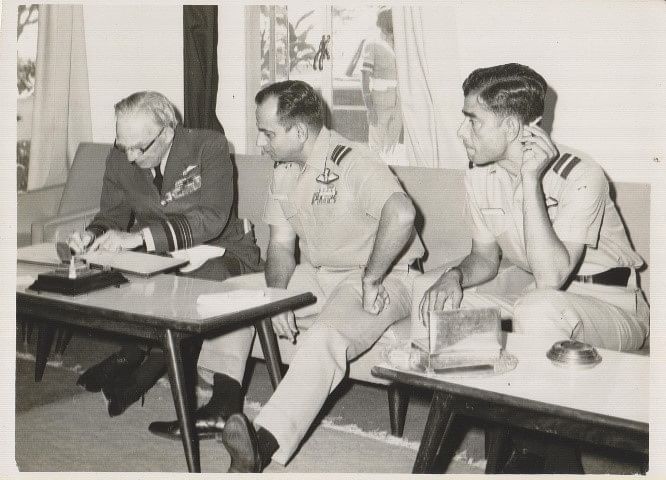
In his subsequent career, Majumdar briefly commanded a frontline operational base, was ‘Chief Instructor’ at the premier flying college, served on the staff of Western Air Command and Air HQ, and underwent a course at the prestigious National Defence College. As Air Officer Commanding, Jalahalli, he formulated the training doctrine for technical personnel of the IAF. His last appointment was as Director NCC (Karnataka and Goa) from where he retired on 31 March 1977.
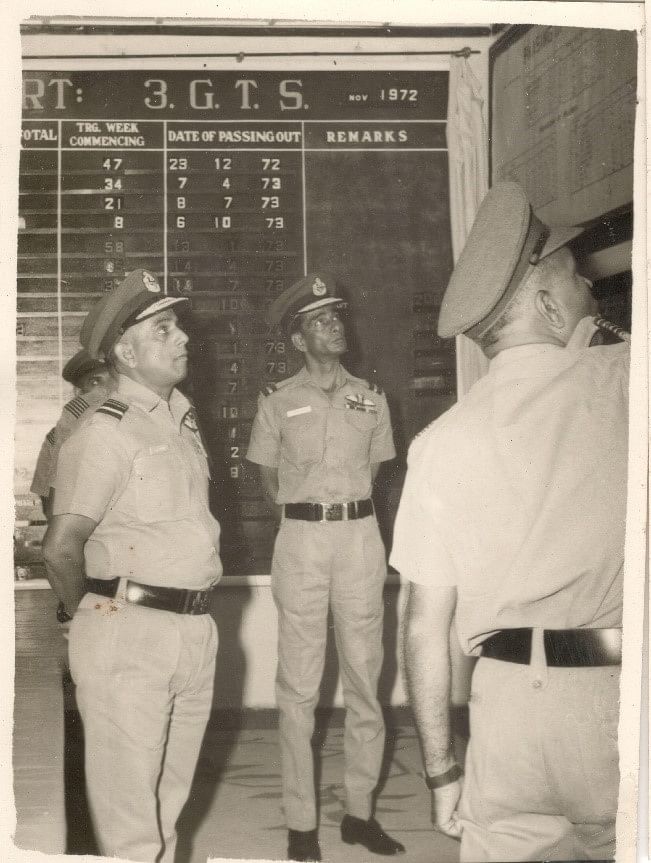
In recognition of his pioneering contribution to the helicopter stream in India, he was awarded the ‘Sikorsky Lifetime Achievement Award’ by Sergei Sikorsky on 16 January 2004. The venerable forefather of the IAF’s helicopter stream passed away in Delhi, after a brief illness on 20 July 2011, three months short of his 84th birthday. Reminiscing, his 89-year-old wife, said – “He loved to instruct and teach as that was the most enjoyable thing in his life.”
Unfortunately, the last chapter of this great pioneer’s career remains an enigma. A bright spark, an exceptional instructor who was consistently promoted first amongst his peers up to the rank of Air Commodore, but his postings in senior ranks were not consistent to his professionalism, perhaps because the IAF did not have earmarked postings for a helicopter stream officer. Amusingly, the IAF gave him no recognition or award for his path-breaking and illustrious service. He bid farewell to the service just short of his 50th birthday. His son sums up this quandary best – “My father did feel he could have made it to the higher echelons but had no regrets. When I asked him how he felt about being passed up for medals, he responded, ‘My students are my medals’.”
I am grateful to the Majumdar family and Wg Cdr Unni Kartha whose research on helicopters I have heavily relied upon. Service profile of Air Cmde SK Majumdar can be seen here – http://www.bharat-rakshak.com/IAF/Database/3484
Anchit Gupta @AnchitGupta9 is a finance professional from a military family. He has a deep interest in aviation history, is currently co-authoring a book on the role of IAF in the Kargil war and has been a regular contributor to the IAF section on www.bharat-rakshak.com. Views are personal.
(Edited by Prashant)


